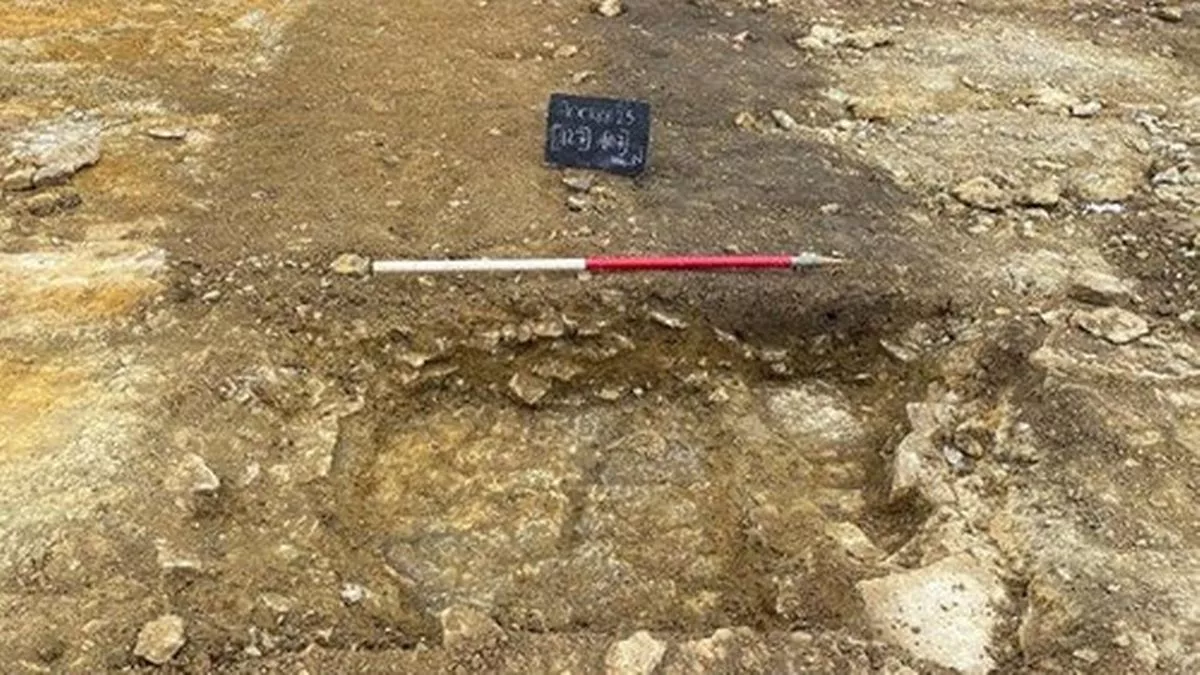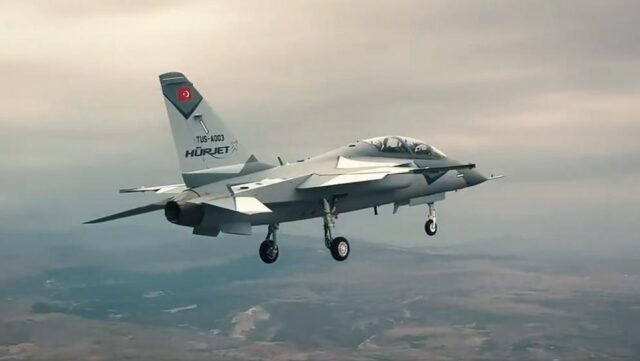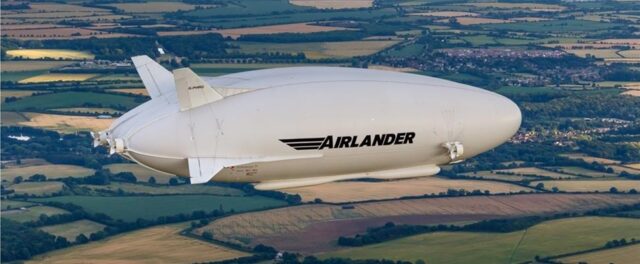Ground remediation work at Rolls Royce Filton reveals prehistoric remains
August 29, 2024

Archaeological work being undertaken as part of ongoing site infrastructure improvements at Rolls Royce Filton have unearthed the remains of a small prehistoric settlement, dating from some time between 6000 BC and 43 AD. The AOC Archaeology Group (supported by AECOM) were undertaking ‘trial trenching’ as a means of investigating a sample of portion of the site to check for anything of archaeological significance before construction activities begin.
The archaeologists identified a double ditched enclosure that defined the northern end of the settlement. This included several post holes suggesting the presence of one or more simple small buildings of some kind and they also discovered various small shards of basic pottery. Several pits and a small enclosure are also located within this settlement, and these were assessed as having most probably been used for keeping animals.
To the north of the double ditched settlement, the archaeologists discovered evidence of the remains of an individual, buried in a very small ‘grave’ located just outside the settlement area. It is thought that the remains are of someone living during the Roman settlement of the wider area, but the archaeologists suggested that the person “was not well known to the people who had settled in the area or might have even been a criminal due to the quick and impersonal nature of the burial.”
All work in the affected areas were temporarily suspended to facilitate a thorough assessment and preservation of the findings. The County Archaeologist was provided with a plan of the site and several photos of these archaeological features. They expressed themselves happy that the site had been recorded and excavated to a suitable quality and ‘signed off’ the area allowing the site transformation work to continue. No further archaeological works was deemed necessary.
All of the archaeological finds – including the human remains – are currently with the archaeologists for cleaning and processing and will ultimately be stored in a local museum.
Vice President – Infrastructure, UK&I Early Lifecycle Defence George Mitchell said: “The discovery of both the small prehistoric settlement and the buried human remains have been a fascinating arc to our ongoing Bristol site infrastructure improvements and have sparked the imaginations of our team.
“It was during ground remediation work – which includes cleaning to remove any pollutants that have built up over decades of engine building and testing – that the remarkable discoveries were uncovered.”
Group Property Programme Executive Daniel Lock added: “These archaeological findings have added to the rich history of the Filton site, a location that has stood through the trials of the Second World War. The team in Bristol are now looking forward to building on this momentum and continue to upgrade and invest in the future of the site.”
















